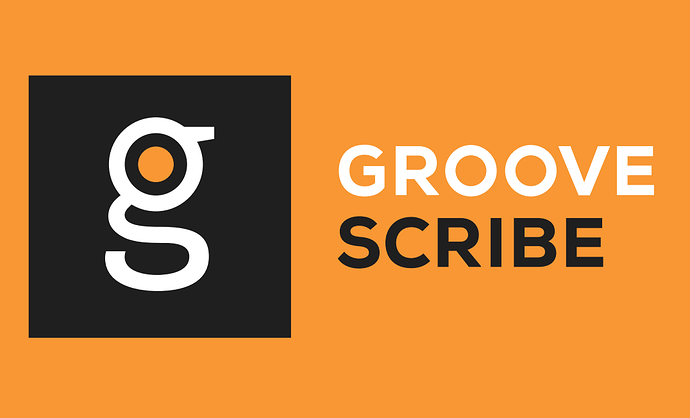

#Groove scribe high hats pro
The reverbs are both taken from Live’s presets.įabFilter’s Pro Q2 is used to roll away unnecessary low end – though don’t cut too low or you’ll lose some of the body. Hi-hats rarely need much in the way of effects. Because we’re looking to recreate a live groove we’ve added a touch of room reverb to mimic the sound of a drum kit played in a live room, alongside a halo of hall reverb to add a dash of depth.

Now the open hi-hat can be choked by both the closed and mid hat (and vice versa, if you program very fast patterns), reflecting the mechanics of a real drum kit. To create a choke group in Ableton’s Drum Rack, show the Chain List and assign all three hats to the same choke. These are monophonic groups which favour the most recent sound – effectively muting or ‘choking’ existing sounds when a new one in the group comes along. The latter two behaviours can be modelled in most samplers by using mute or choke groups. This is why the General MIDI standard offers a closed, open and a mid or ‘pedal’ option.īecause in real life the hi-hat can’t be open and closed at the same time, a realistic programmed groove shouldn’t place any more than one hi-hat sample on the same measure.įinally, there should be a way of cutting off the open hat whenever the cymbals are closed, reflecting the action of the drummer placing their foot on the pedal. To get a hi-hat groove sounding as close to a real-life hi-hat as possible we need to understand how the cymbals work.Ī hi-hat can play a range of sounds depending on whether it is struck by a drum stick or closed with the pedal, and whether the two hats are open or closed. It’s small tweaks like this that add the human factor and transform a straight-laced rhythm into a living groove. The groove is starting to take shape. To add further life to the pattern we’re going to automate the attack time of the closed and mid hats. To do so we set up two automation lanes, one for each sample, and then change the attack of every hit by small but subtly different amounts. We’ve also nudged some of the hi-hats subtly off the grid to give the pattern extra liveliness. Velocity changes help give the mid hats a more organic feel (darker shading indicates higher velocities). A couple of closed hat 16ths add momentum to the pattern and an open hat pulls the groove into the turnaround. It’s an OK start but it feels stiff and lifeless. The edited hi-hats are pulled into a Drum Rack and programmed into a simple disco pattern (from top to bottom the grid shows open, mid and closed hats), with mid hits on the off beat in classic disco style. After these envelope tweaks we’re left with an open hat (the DR-220 open hat sample), a closed hat (the DR-220 open hat sample tightened up and with a much reduced tail) and a mid/pedal-style hat (the DR-220 closed hat sample). The easiest way of getting a live sounding hi-hat pattern is to use real hi-hat samples sourced from the same drum kit. But that’s too easy for us. We’re setting ourselves a challenge of using samples sourced from a drum machine, specifically the budget Boss DR-220.īecause the DR-220 only includes an open and closed hi-hat, we’ve done a few edits to the envelopes to expand the available sound palette and help them fit the planned groove better.


 0 kommentar(er)
0 kommentar(er)
